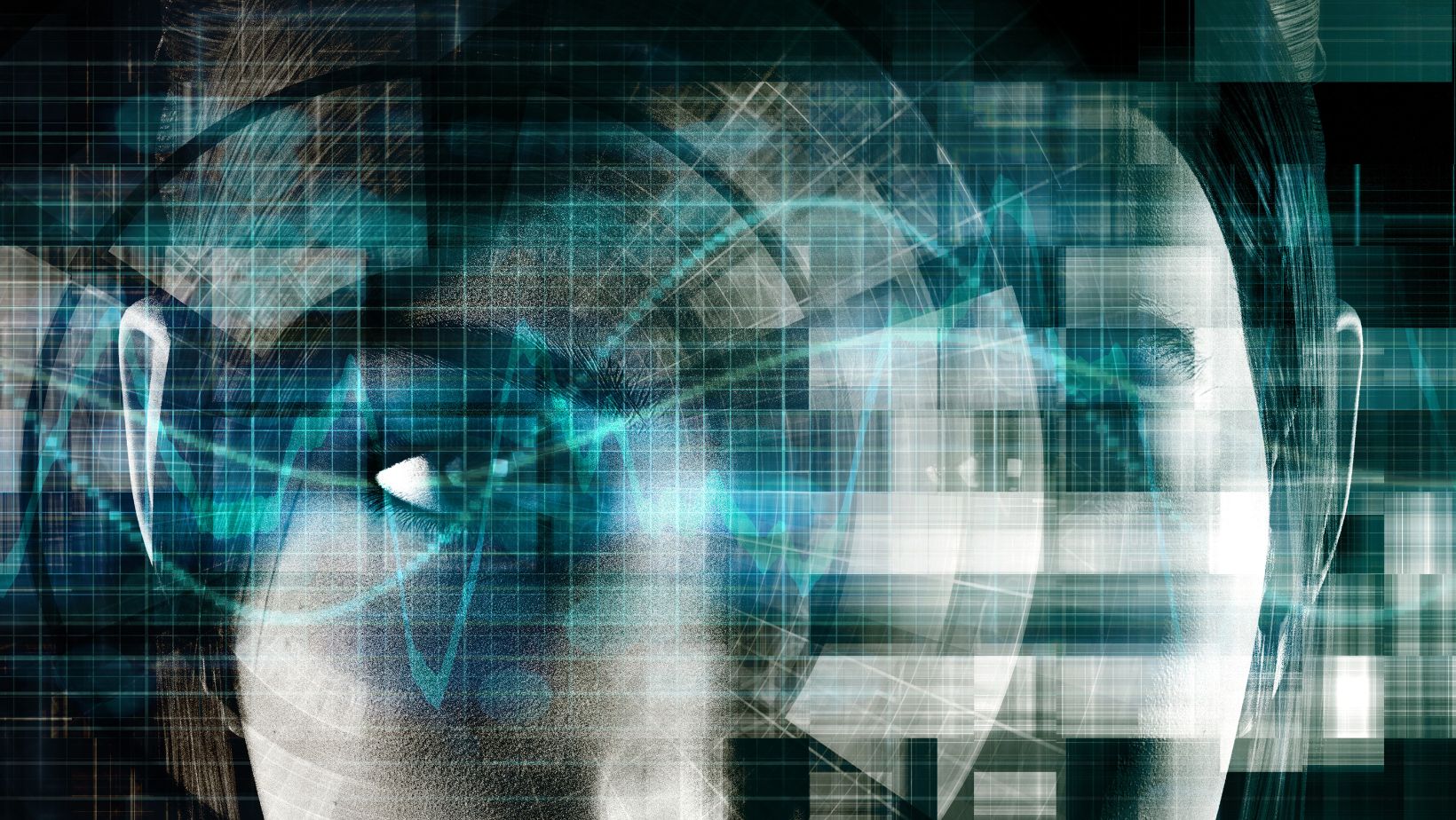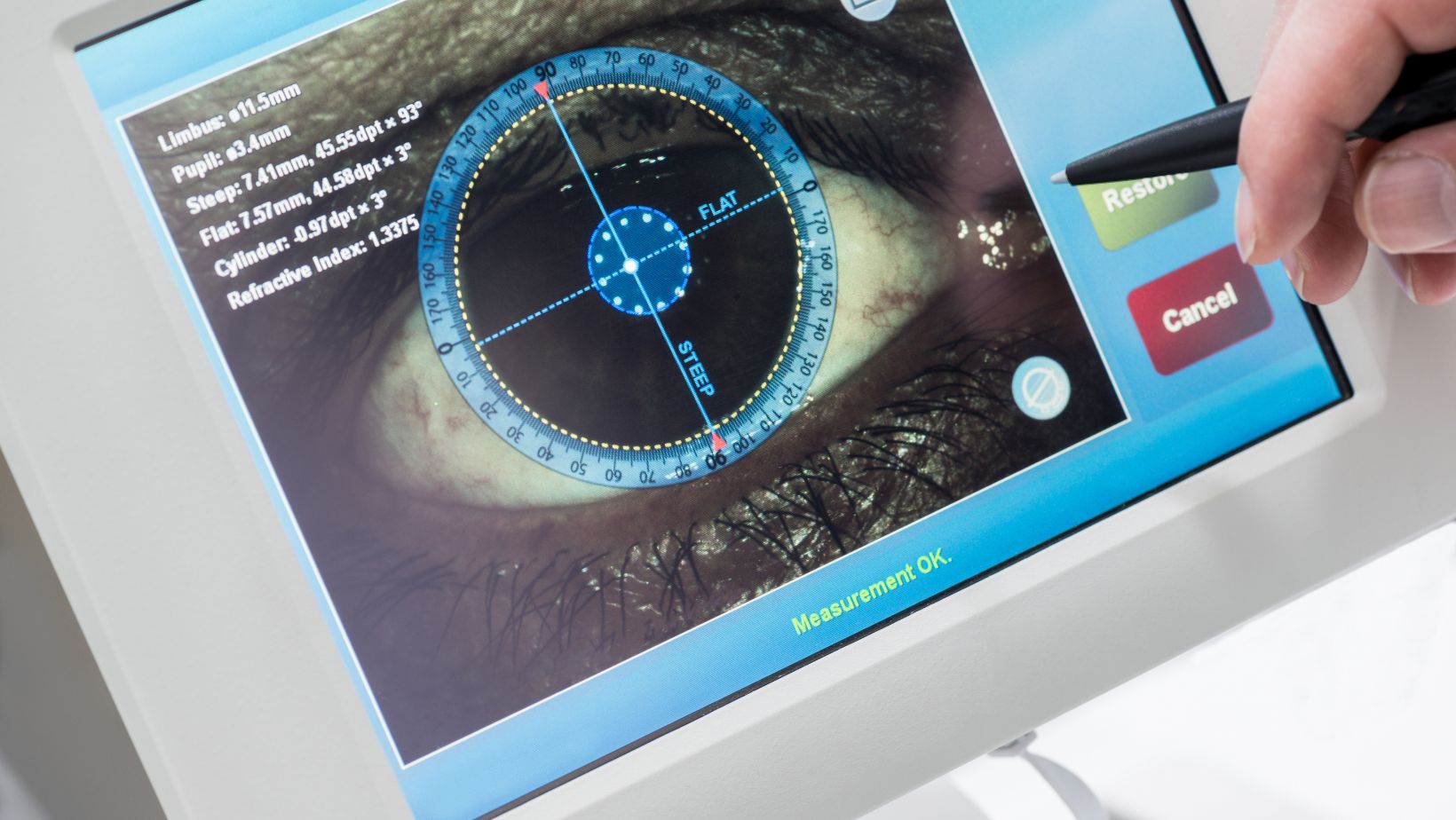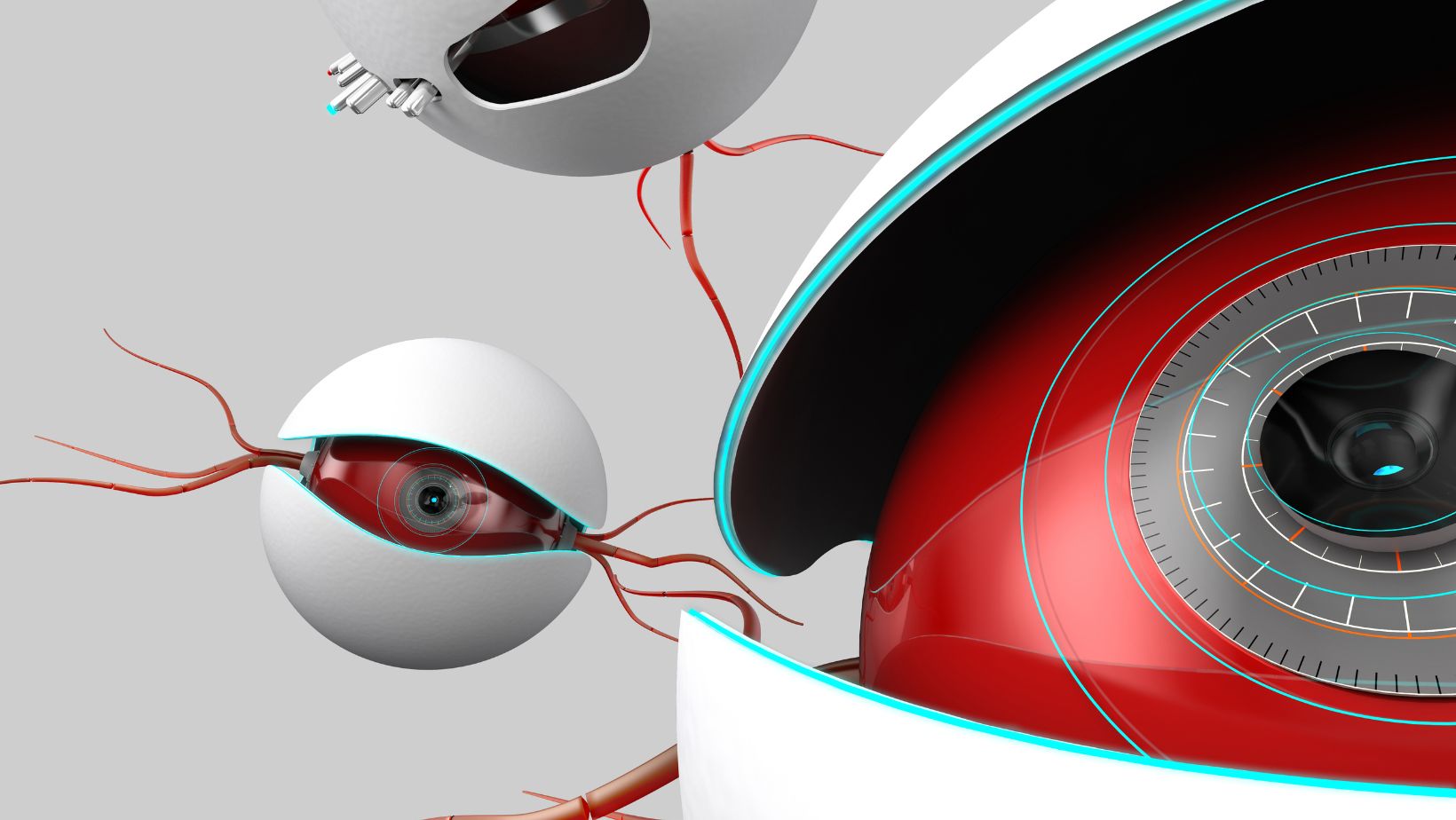
Eye-tracking technology is gaining popularity. This is partly due to its inclusion in the Samsung Galaxy IV phone. Users can scroll the screen with their eyes or dim it when they look away. Reviewers reported mixed results. Many people can use this technology in smart ways. It can enhance gaming and accessibility. It also makes it easy for users to navigate platforms like Slotsgem login using their eyes. But what are the privacy implications?
Eye tracking for research has existed for over a century, even before computers. Check out the quick history in this article. The earliest studies in the 19th century used tools to contact the cornea directly. By 1898, researchers were already discovering fascinating phenomena about the human brain. Researchers used motion pictures to study this issue as early as 1905. Then, in 1948, researchers created the first head-mounted eye tracker. This allowed study subjects to move their heads freely. By the mid-1970s, the first remote trackers appeared. This made the technology much less intrusive. From then on, eye-tracking research took off. It thrived in psychology and found new uses in the military.
Lately, researchers have used eye tracking to study how people interact with websites, apps, graphics, and ads. Their goal is to improve these features. Researchers can track a person’s eyes at a computer to measure “scan paths.” These show the order in which someone looks at an image. They can also create “fixation maps.” These maps measure how long the eye stays on different parts of an image, known as “gaze durations.” Take a look at this presentation to get a taste of the complexity of the science in this area. This analysis looks at how users view Facebook pages. It’s important for advertisers and marketers.
UCLA professor John Villasenor writes about privacy issues related to eye tracking on Samsung phones. He also covers its use in other situations. The technology is still not “quite ready for mass-market adoption,” he notes, but:
Eye-tracking research has mainly looked at these aspects. They involve humans using computers. This is where we see the biggest privacy threats today. The privacy risks of this technology are far beyond your computer or smartphone. Eye tracking might soon become precise enough to focus on someone in public, even from a distance. Imagine it targeting a person walking down the sidewalk. Researchers have already conducted studies comparing how shoppers scan different stores’ window displays. Those studies used photographs, but the incentive to develop live tracking is obvious.
At the same time, we’re likely to make progress in understanding people through gaze tracking. An eye-tracking expert says, “Eye movement data offer a simple way to measure how we see and think.” Combining the two shows that this technology is now standard in analytics. Every surveillance camera focused on the public uses it.
Eye tracking has been or could be used to try to discover various things about us:
- Cognitive disorders. Studies show that eye tracking can help detect conditions like autism, ADHD, dyslexia, and speech disorders.
- Drug and alcohol use. Research has shown that alcohol and drug use affect eye movements, as does fatigue.
- Mental and psychological illness. Eye tracking may help find signs of schizophrenia, according to research. Alzheimer’s is yet another. Researchers have also suggested using eye tracking to detect post-traumatic stress disorder and eating disorders.
- HIV/AIDS. People with HIV can get a condition called AIDS dementia complex. You can spot this using eye-tracking.
- Lie detection. People view lie detection as a pseudoscience. The link between complex mental states like “truthfulness” and basic behaviors is often unclear. Still, the search for effective methods continues. Some claim that eye tracking could be a useful tool in this area.
- Intelligence. Much eye-tracking research has focused on reading and how humans scan texts. Technology can show how people think, analyze, and process information. I’m sure it won’t be long until someone starts looking for a link to criminality, like in genetic research.
- Sexuality. I quickly found research on “visual attentional capture” with erotic images. It compares men and women. An attractive image of a man and woman can show a lot about people’s orientations. By looking at scan paths and fixation points, you could see who is gay and straight. (Or, more precisely, how attracted to men and women each subject is.) One study found that changes in pupil size could reveal gender attraction.
Final Thoughts
Eye-tracking technology using video cameras for the public seems like sci-fi now. But it’s not too far off. No matter what happens, this shows the big wave of privacy-invading tech coming. We need to prepare for it.









